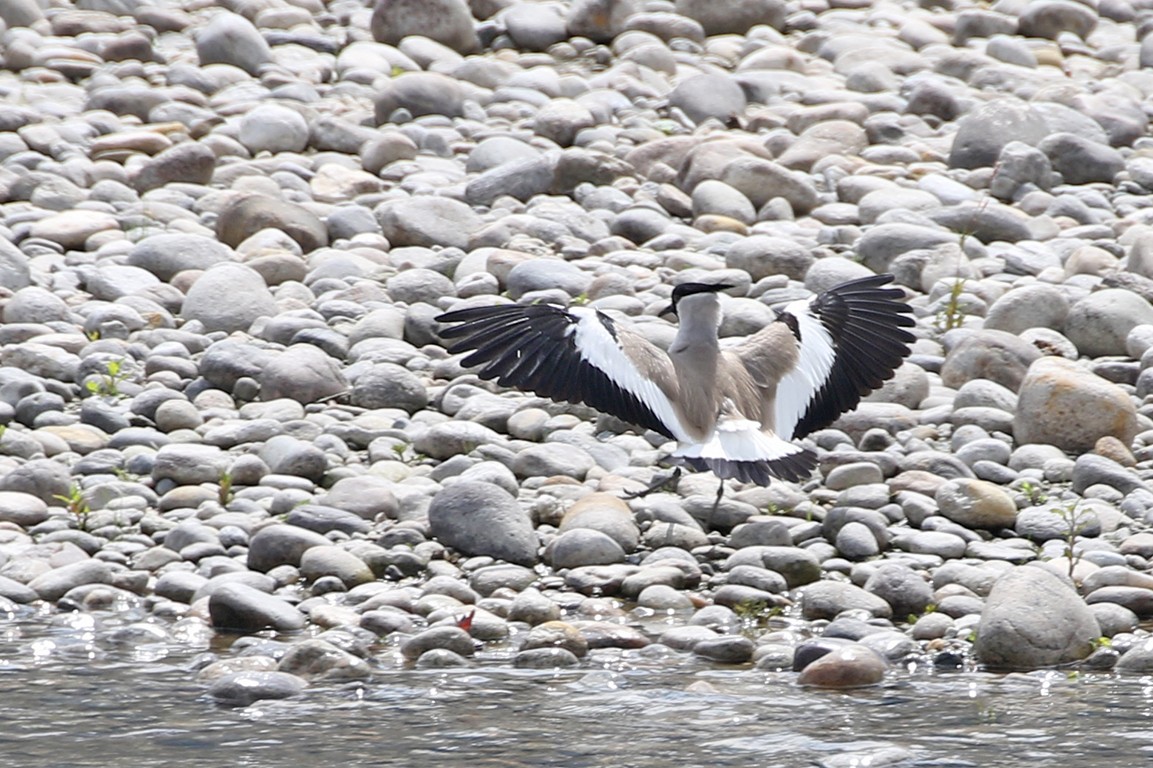River Lapwing
A species of Lapwings Scientific name : Vanellus duvaucelii Genus : Lapwings
River Lapwing, A species of Lapwings
Botanical name: Vanellus duvaucelii
Genus: Lapwings
Content
Description General Info
 Photo By Charley Hesse TROPICAL BIRDING
Photo By Charley Hesse TROPICAL BIRDING Description
The river lapwing is 29–32 cm long. It has a black crest, crown, face and central throat and grey-white neck sides and nape. It has a grey-brown breast band and white underparts with a black belly patch. The back is brown, the rump is white and the tail is black. This is a striking species in flight, with black primaries, white under wings and upper wing secondaries, and brown upper wing coverts. Adults of both sexes are similarly plumaged, but males are slightly larger than females. Young birds have the brown tips to the black head feathers, a sandier brown back, and pale fringes to the upperpart and wing covert feathers. The call of the river lapwing is a sharp tip-tip or did-did-did. 
Size
32 cm
Nest Placement
Ground
Feeding Habits
River Lapwing feeds mainly on insects, worms, crustaceans, and molluscs, occasionally consuming frogs and tadpoles. They typically forage solo or in pairs, sometimes forming small groups post-breeding.
Habitat
The river Lapwing typically inhabits areas close to rivers, often residing in adjacent cultivated lands as well as on sandbanks and gravelly riverbanks. They are associated with dynamic water bodies, preferring moving water to stagnant. This species is widespread across broad riverine ecosystems within its geographical range.
Dite type
Insectivorous
General Info
Feeding Habits
Bird food type
Behavior
The breeding display, given on the ground, includes stooping, spinning, stretching and crest-raising. The river lapwing nests on shingle and sand banks from March to June. It lays two eggs on a ground scrape. It feeds on insects, worms, crustaceans and molluscs in nearby wet grassland and farmland. It is not gregarious. 

 Photo By Charley Hesse TROPICAL BIRDING
Photo By Charley Hesse TROPICAL BIRDING